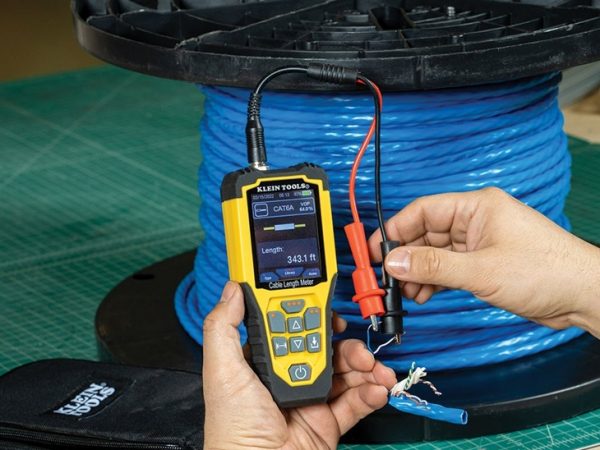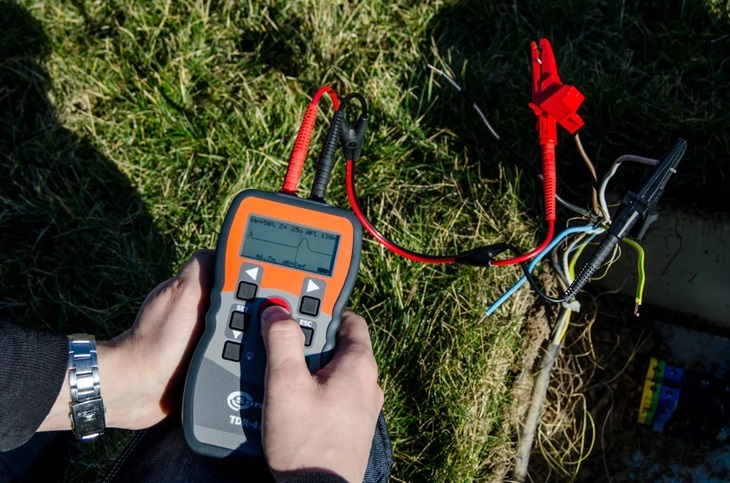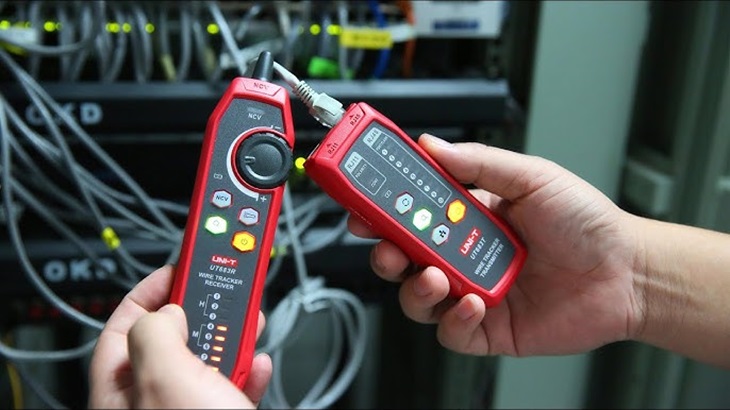08
Nov

Time domain reflectometers (TDRs) are used by utility companies and telecommunications providers across Australia to pinpoint and remedy faults in all kinds of cabling and wire networks. Whether it’s in the centre of Sydney or deep in the Victorian outback, the cost and inconvenience of digging up entire stretches of underground cable to search for cable interruptions is impractical at best. TDRs, however, make it possible to locate cable problems within centimetres, within seconds, before tearing up any existing infrastructure.
TDRs are more than just exceptional fault-locating devices, though: they’re also ideal launch-end measuring instruments for simplifying routine Operations and Maintenance (O&M) tasks. With powerful, potable TDRs at their disposal, network asset owners have the ability to test for early signs of cable and network conduct resistance, and to address those areas of concern before they evolve into disruptive, full-scale outages.

It’s a fact: if you or your company are routinely engaged in performing O&M activities on metallic cables or wires, a long-range time domain reflectometer needs to be on your tool roster. That’s because network degradation is an unavoidable part of any cable or wire installation, and the symptoms of progressive decline can lead to a host of real-time problems that include:
· Diminished, and dangerously unpredictable losses in network performance;
· Unexplainable intermittent network outages; and,
· The risk of damage to both network asset, and user-owned equipment.
Whether it’s to avoid latency increases in control systems or data networks, or to prevent massive voltage swings in power lines, network operators need the O&M capacity to proactively monitor the integrity of their cable and wire installations. It’s the only way to ensure consistent network reliability, and portable TDR equipment testers are the tools they need to do it.
Unlike the high voltage impulses that would be produced by a thumper-type cable fault locator, TDR fault locators use low voltage pulses that reflect changes in impedance that can indicate potential faults just as well as existing ones. It’s these potential problems that O&M teams are most concerned about, and TDRs are irreplaceable for a full range of network inspection and maintenance activities, including:
· Identifying where degraded insulation could lead to increased resistance;
· Verifying the velocity factor (wave propagation speed) of existing cable and wire runs;
· Calculating cable lengths between splitters, splices, and other termination points;
· Confirming stable cable and wire capacitances between termination points; and,
· Pinpointing where high-resistance failures could potentially occur.
More than anything though, it’s the portability of handheld TDR fault locator instruments that gives them the advantage with remote maintenance, as well as congested cable environments. They can be used in tandem with pipe locators to carry out inspections on high-voltage underground power lines, or paired with traditional oscilloscopes to perform system checks on aircraft electronic systems. Even quality analysis of high-speed printed circuit boards and pins is possible with TDR cable tester devices, making them the perfect tool for all tiered levels of routine and preventive maintenance.

Although lab-grade TDR test equipment has been around for decades, the speed and sensitivity of today’s portable TDRs allow mobile O&M teams the ability to inspect and maintain cable networks with a degree of accuracy that would normally be reserved for fixed-site network analyzers. It’s easy to localize network problems when there’s an end-point termination issue, or an obvious cable intrusion in lieu of a dial before digging assessment, but the ability to detect small variances before they escalate into big problems requires exacting measurements using the proper fault locator equipment.
With their rugged IP-rated construction and high visibility backlighting, portable graphical TDR devices can be used anywhere, and boast a range of detection and measurement features that include:
· Pulse ranges of up to 6km (19,000 feet);
· Output pulse widths from 3 nanoseconds to 3 milliseconds;
· Adjustable propagation velocities and scan rates;
· Selectable output impedances; and,
· The ability to identify impedance mismatches.
Make no mistake: for asset and power line inspectors, as well as network and maintenance engineers, these lightweight, handheld devices have reshaped the way O&M activities are conducted. Some TDRs even have the ability to save and export multiple detection results to a PC for full analysis and compliance reporting. It’s a mandatory procedure for many network asset owners, and modern TDRs can help ensure the requirement is being satisfied at all times.
Possibly the most important point to consider when employing a cable fault mapper in the O&M function is the gradual nature at which cable impedance changes can occur. Older cables and wires, especially those in older network installs, are inherently more prone to exhibiting propagation and capacitance variances that are the result of environmental factors or other unnoticeable activities such as:
· Oxidation and corrosion caused by the insulation absorbing moisture;
· Loose connectors, joints, or splices caused by ground movement; or,
· Conductor overloading caused by unrecorded splices or connections.
Ultimately, it’s an O&M team’s responsibility to identify and correct issues such as these which, in spite of their ordinarily imperceptible impact, can end up resulting in needless disruptions, an eventual system-wide failure, or potentially even a secondary hazard. A high-quality TDR cable fault locator will give your company complete operational oversight of its networks, and help you keep everything under control.
At the end of the day, regardless of the type of cable or wire network you’re operating, the O&M function is the most critical aspect of ensuring that it performs as designed, and as required by all of its end-point users. It’s a function that’s dedicated to recognizing potential problems before they’ve had a chance to impact network performance, and the detection tools used need to be fully portable and unmistakably accurate.
A long-range time domain reflectometer will allow you to optimize, and even expand your O&M capacity. It’ll give you the ability to test for cable and network problems early, so that you never have to worry about preventable cable or wire outages again.